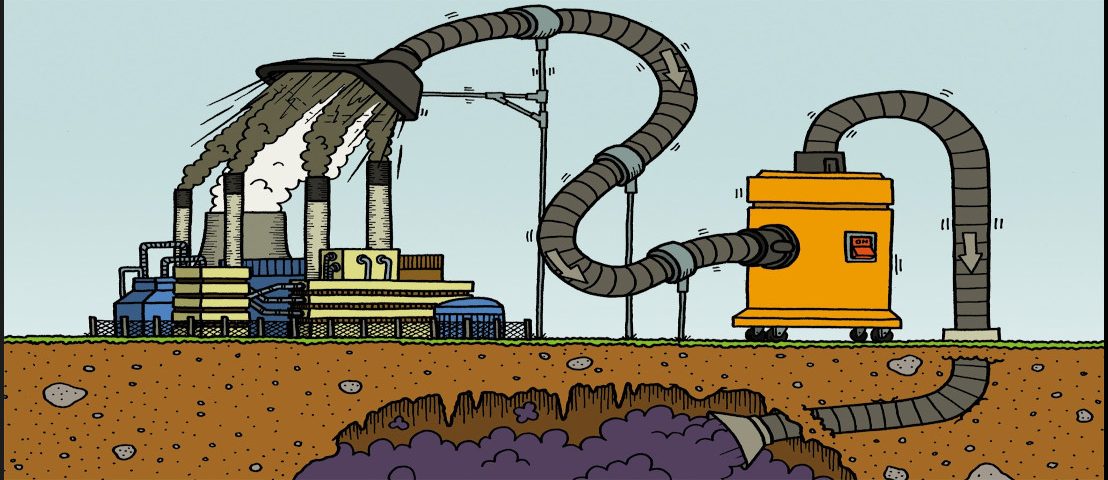by Jason Cohen, published on Workers World, April 28, 2021
While on the campaign trail, Joe Biden reiterated that under his presidency, the U.S. would once again become a leader within the global community. During his few months as president, he announced the U.S. will rejoin the Paris Accord and also rejoined the World Health Organization — two acts lauded by the media but, in reality, symbolic in nature.
Many Biden supporters and liberal media commentators hope that his policy changes mean the U.S. will effectively fight to ameliorate the effects of ongoing apocalyptic climate shifts and that rejoining the WHO will enable the U.S. to work more effectively to combat the worldwide spread of COVID-19. Reality has so far shown otherwise.
Biden announced his plan to curb CO2 emissions on Earth Day and set a new target that, if followed, would “achieve a 50% to 52% reduction from 2005 levels in economy-wide net greenhouse-gas pollution in 2030.” At face value, this seems like a bold plan.
Extreme weather and sea level rises have already devastated communities around the world and sparked an increase in the growing number of climate refugees mostly being dislocated from their homelands in the Global South. With this in mind, how effective will this plan be in combating rapidly worsening climate change?
The plan relies on carbon-capture technologies and energy sources including nuclear power to enhance the power grid. It should be remembered that the U.S. imposed sanctions on Iran supposedly because it wanted to develop nuclear energy to create a sustainable energy source in the face of economic blockades, sanctions and military threats imposed primarily by Washington.
The plan emphasizes the need to update building codes and limit excess energy output from apartment buildings, yet study after study has shown that the true threat to the climate comes not from the family unit but from major transnational corporations.
Biden’s plan calls for building “sustainable public housing,” which may help working-class families. Meanwhile, across the country, public housing projects have been privatized by real estate barons. If affordable housing units are built, they must remain subsidized by the government and be built in communities that need them the most.
Limits of carbon capture
Biden’s plan to deal with transnational corporations that profit from extractive and industrial processes states:
“The United States can address carbon pollution from industrial processes by supporting carbon capture as well as new sources of hydrogen — produced from renewable energy, nuclear energy or waste — to power industrial facilities. The government can use its procurement power to support early markets for these very low- and zero-carbon industrial goods.” (whitehouse.gov)
Relying on carbon-capturing technology ignores the fact that transnational corporations profit from destroying the environment by extracting oil and natural gas. How are carbon-capture technologies going to deal with this intrinsic contradiction?
In reality, it will allow corporations to call themselves “green” by utilizing “green technology.” This may sound good on paper, but these changes are occurring in a world in which the United States is the hegemonic power of the world capitalist-imperialist order.
As demand for green technology grows in the U.S. and worldwide, there will be a greater need for elements such as lithium. We have already seen the U.S. and the European Union support a coup against the Evo Morales government in Bolivia to steal lithium to build electric vehicles, because Indigenous-led Bolivia nationalized its lithium resources and contracted with China to develop them sustainably. Will the U.S. lead “green” imperialist military interventions to ensure cheap access to elements needed for new technologies?
The last facet of the plan has to do with ensuring environmental justice for marginalized communities. This call for environmental justice is interconnected with Biden’s infrastructure plan that focuses on water supply and transportation.
At the same time Biden was announcing this plan to ensure a safer and more equal water supply, his administration was making motions to reinstate the construction of the Dakota Access Pipeline – which illegally violates tribal sovereignty and federal water rights under the Constitution. DAPL passes under the Missouri River next to the Standing Rock reservation and threatens their clean waters and those of 18 million people downstream on the Mississippi River watershed.
A second part of the infrastructure plan that sounds good is upgrading the public transportation system. But will the government use the creation of a national high-speed rail network to further dispossess Indigenous peoples, small farmers and rural people from their lands?
And the U.S. is an apartheid state. We must ensure that public bus systems are expanded into Black and Brown communities, both in the cities and rural areas. To this day, whether in east Austin, Texas, or New York City, a disparity exists in the efficiency and funding of public transportation systems, which do not exist outside certain cities. Would the incoming infrastructure plan overcome this?
This settler-colonialist state operates to make the world safe for transnational capital. It will never support policies that will dramatically hurt the profit margin of the capitalist class; fossil fuel barons would rather burn the Earth than combat climate change.
It is time to break away from the blood-soaked system of capitalism and fight to build a socialist society in which the natural world, the environment is not viewed as a commodity for profiteering — a world in which the working people are in power and the health and welfare of humanity and all life in the biosphere are placed above profit margins.
S. Hedgecoke contributed to this article.
